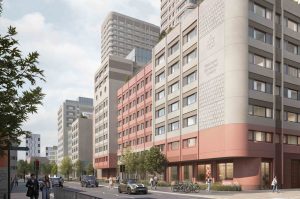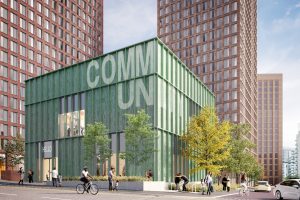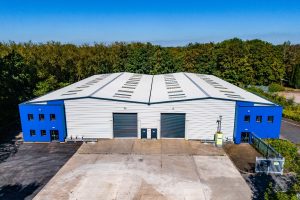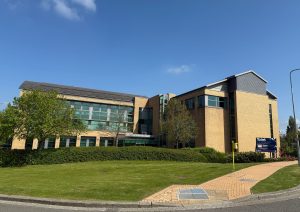My favourite building: Bluecoat Chambers

What’s your favourite building?
Bluecoat Chambers, Liverpool.
When was it built?
Bluecoat Chambers is one of the oldest surviving buildings in central Liverpool – despite the Luftwaffe’s best efforts! Originally built in 1716 by a sea captain, Bryan Blundell, the building was later remodelled in 1821.
Following bomb damage in the Blitz of 1941 it was then rebuilt in 1951. More recently – between 2005 and 2008 – the building has been renovated and a new extension added at a cost of £14 million, incorporating offices, educational facilities, performance areas, artist’s studios, a restaurant, bar and garden/ courtyard area.
Why was it built?
A residential charity school – The Liverpool Bluecoat School – was established in the building and remained in residence until 1906.
In 1909, the first Lord Leverhulme bought the building with the intention of using it as a centre for the arts. However, these plans were interrupted by the First World War and, subsequently, his death in 1925.
It was then purchased by the Bluecoat Society of Arts and has since received Unesco World Heritage status.
Following the 2008 refurb, the building remained a centre for the Arts in Liverpool, dedicated to creativity and craft, exhibits and gifts. It has gone down in history after Yoko Ono made her first professional, paid performance there in 1967, around the time that she met John Lennon. She returned to the new performance space in 2008 for a special performance to celebrate the reopening of the building as part of Liverpool’s European Capital of Culture celebrations.
How was it built?
The earlier phases are of traditional Georgian design and materials, with the use of brick, stone, timber and slate consistent with the tastes of the day – and earning it a Grade 1 listing.
The south east wing was rebuilt in 2008 as a purpose built arts complex, complete with four galleries, utilising modern materials in stark contrast to the classical styling and materials of the original building. The scheme was designed by a collaboration of Dutch architects BIQ Architecten, Austin-Smith:Lord and conservation architects Donald Insall Associates.
What do you like about it?
It may not be everyone’s “cup of tea” – with the bold use of concrete, brickwork and sheet metal roofing of the modern extension in sharp contrast to the stunning, traditional Grade I-listed building.
However the building does make great use of natural light in both the old and new sections, giving the occupants and visitors a stimulating environment in which to view the arts in this vibrant city centre location, and is arguably an extension of the creativity within.
Tell us about your favourite building and we can feature it on our site. Email mike.fahy@thebusinessdesk.com for details.








